DAP Fertilizer Making Line: Key to High-Quality Fertilizer Production
In modern agriculture, the demand for high-quality fertilizers is growing as farmers strive to increase crop yields and improve soil fertility. One of the most important fertilizers in use today is Di-Ammonium Phosphate (DAP), a highly effective nutrient source containing 18% nitrogen and 46% phosphorus. To produce such a high-quality fertilizer, an efficient and advanced DAP Fertilizer Making Line is crucial. In this article, we will explore the key features, advantages, and processes of a DAP Fertilizer Making Line, highlighting its role in optimizing fertilizer production.
What is a DAP Fertilizer Making Line?
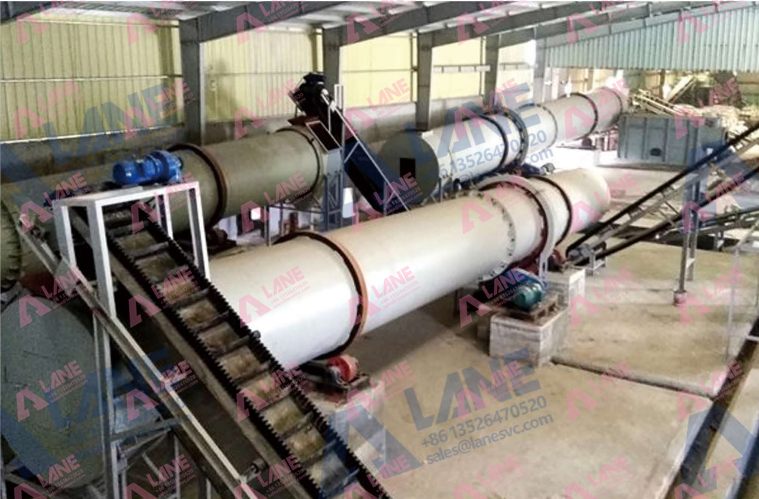
DAP fertilizer maker
A DAP Fertilizer Making Line is a specialized production system designed for the manufacture of Di-Ammonium Phosphate fertilizers. This line involves multiple stages of processing, including raw material preparation, neutralization, granulation, drying, and packaging. Each step in the process is aimed at producing consistent, high-quality DAP fertilizer that delivers effective nutrient release to crops.
How Does a DAP Fertilizer Making Line Work?
The production of DAP fertilizer begins with the preparation of raw materials. The main ingredients used are phosphoric acid and ammonia, which are mixed in a controlled environment to produce ammonium phosphate compounds. This reaction is crucial for creating the high phosphorus content that makes DAP an effective fertilizer.
Step 1: Neutralization Process
The initial stage in the DAP Fertilizer Making Line is the neutralization of phosphoric acid with ammonia. This reaction results in the formation of ammonium phosphate slurry, a mixture of water, ammonia, and phosphorus. The slurry is the base for the granular fertilizer production process.
Step 2: Granulation
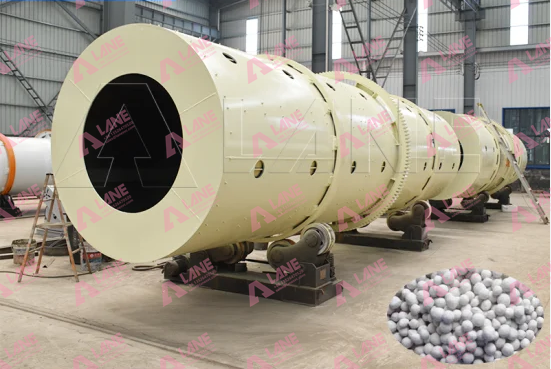
The slurry is then transferred to the granulator, where the liquid mixture is formed into granules. The granulation process is vital in ensuring uniform particle sizes, which helps in precise application and even nutrient distribution to crops. This step is key to producing the final DAP fertilizer granules, which are easy to handle and apply.
Step 3: Drying and Cooling
After granulation, the fertilizer granules contain moisture that must be removed. This is done through drying using rotary dryers. Once the moisture is eliminated, the granules are cooled to prevent clumping and ensure stability. This process also ensures that the final product maintains its physical integrity during storage and transportation.
Step 4: Screening and Coating
The screening process is carried out to separate the properly formed granules from any fines or undersized particles. The coating of granules is optional but often used to enhance the flowability of the fertilizer, prevent dust formation, and reduce the likelihood of caking. Coated granules also help in improving the shelf life of the product.
Step 5: Packaging and Storage
The final step in the DAP Fertilizer Making Line is packaging. The high-quality DAP fertilizer granules are packed into bags or bulk containers for easy transport and application. Proper storage conditions are essential to maintain the integrity of the fertilizer and prevent moisture absorption, which could lead to product degradation.
Benefits of a DAP Fertilizer Making Line
Investing in a modern DAP Fertilizer Making Line offers several advantages for fertilizer manufacturers and agricultural producers:
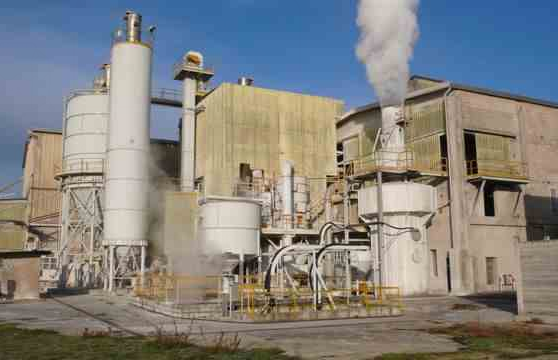
- Efficient Production: Automated production systems help streamline the entire process, reducing labor costs and improving overall productivity. The line is designed for high-capacity output, ensuring that manufacturers can meet the growing demand for DAP fertilizer.
- Consistent Quality: The granulation process ensures uniform particle size, making it easier for farmers to apply the fertilizer accurately and efficiently. This uniformity also improves nutrient release, which supports plant growth more effectively.
- Higher Nutrient Retention: The advanced technology used in modern DAP Fertilizer Making Lines preserves the nutrient content of the fertilizer, ensuring that the final product maintains its effectiveness over time.
- Environmental Benefits: Many modern production lines incorporate eco-friendly practices, such as energy-efficient drying systems and waste management solutions. This helps reduce the environmental impact of fertilizer production and supports sustainable agricultural practices.
- Cost-Effectiveness: The automated nature of DAP Fertilizer Making Lines reduces the need for manual labor and minimizes production costs. The high efficiency of the process also leads to less raw material wastage, improving the overall cost-effectiveness of fertilizer production.
Why Choose a DAP Fertilizer Making Line?
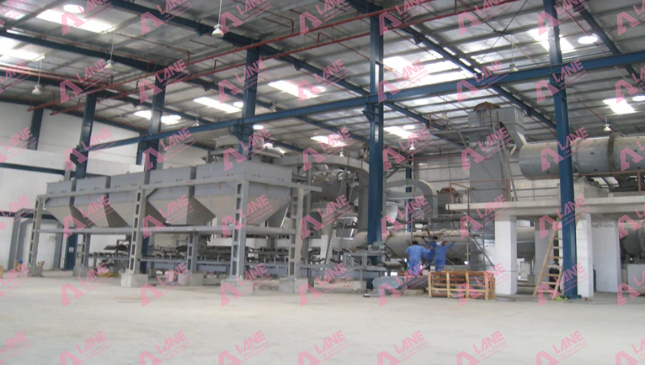
A DAP Fertilizer Making Line is an investment that can transform the fertilizer production process, ensuring higher quality, better efficiency, and cost savings. By producing high-quality DAP fertilizer, manufacturers can support global agricultural growth while meeting the specific nutrient needs of crops.
As global agricultural needs evolve, the demand for high-quality fertilizers like DAP will continue to rise. With a DAP Fertilizer Making Line, manufacturers can stay ahead of the competition by producing fertilizers that support optimal plant health and sustainable farming practices.
Conclusion
The DAP Fertilizer Making Line is essential for the production of high-quality Di-Ammonium Phosphate (DAP) fertilizer. With advanced technology and efficient processes, this production line helps manufacturers create fertilizers that enhance soil fertility and promote healthy crop growth. By investing in a DAP Fertilizer Making Line, agricultural businesses can ensure consistent fertilizer quality, maximize production efficiency, and support sustainable farming practices worldwide.
Latest Articles & Tips
More-
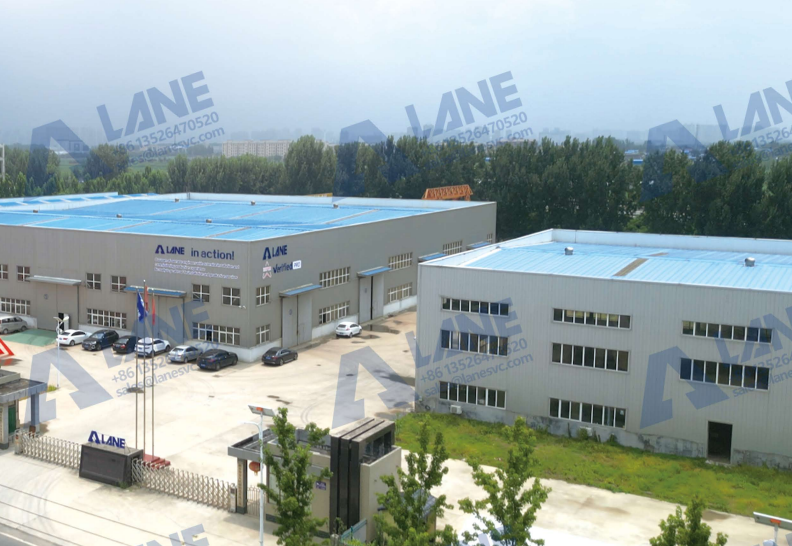
03/14
OEM Fertilizer Equipment Manufacturing: Custom Solutions for Your Production Needs
read more -
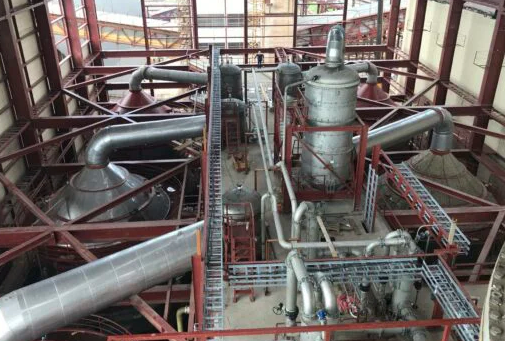
02/27
Fertilizer Granulation for DAP and MAP: Enhancing Efficiency in Fertilizer Production
read more -
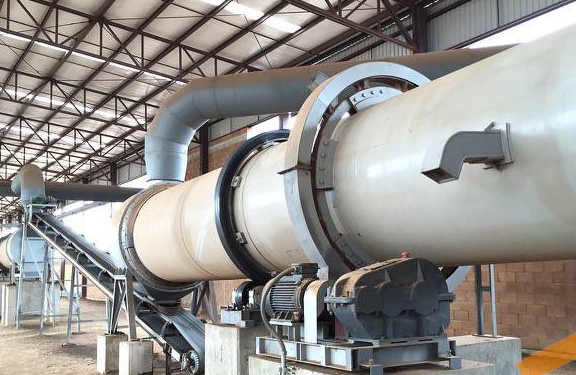
02/27
Fertilizer Production Solutions: Optimizing Efficiency and Sustainability in Fertilizer Manufacturing
read more -
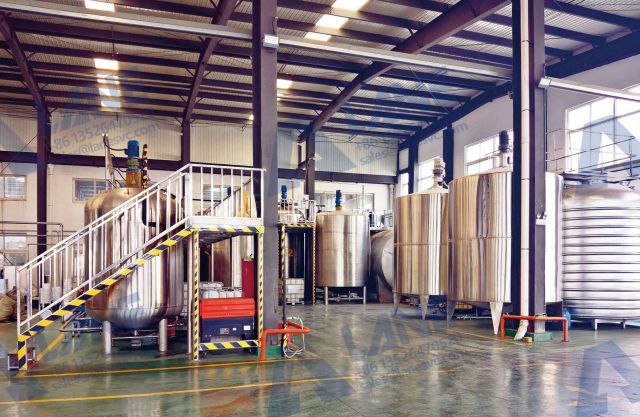
02/13
Chemical Fertilizer Production Line: Enhancing Agricultural Productivity with Precision Manufacturing
read more



Send a message to us